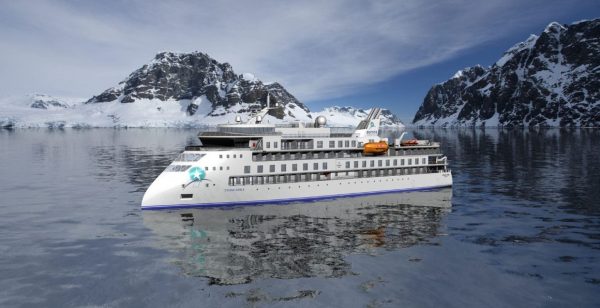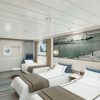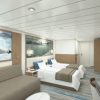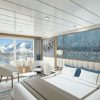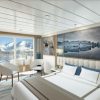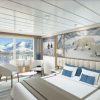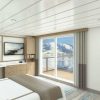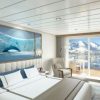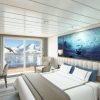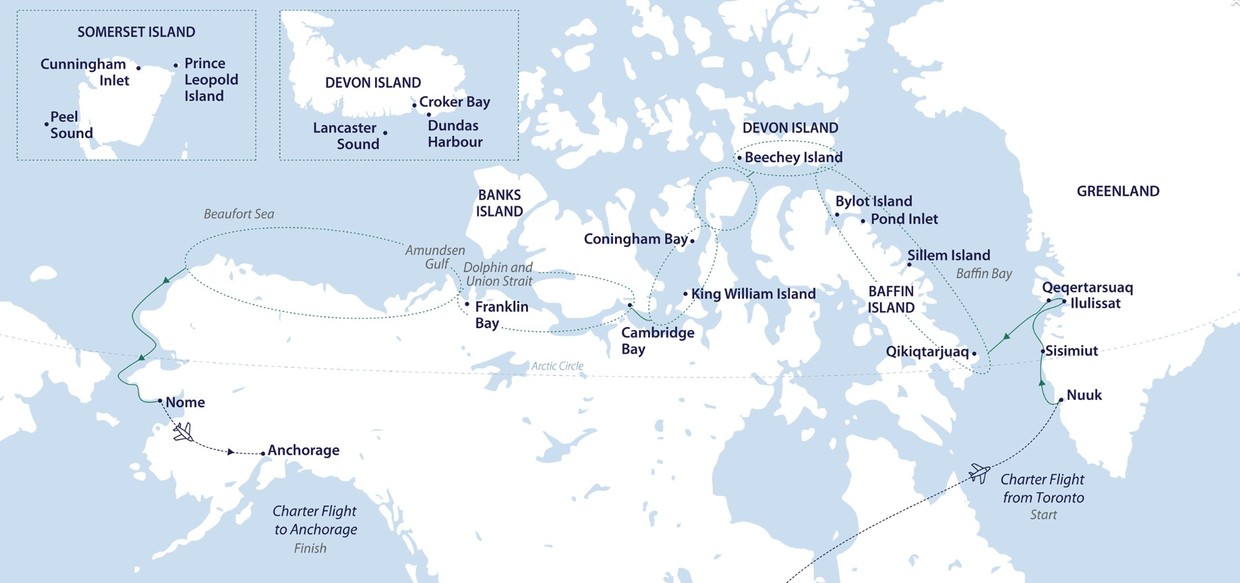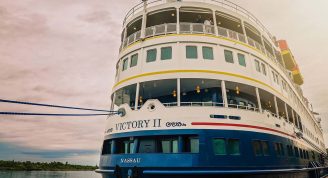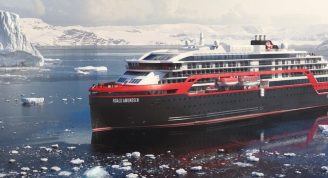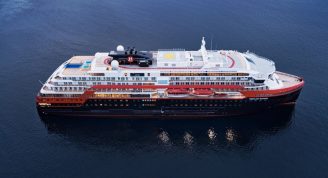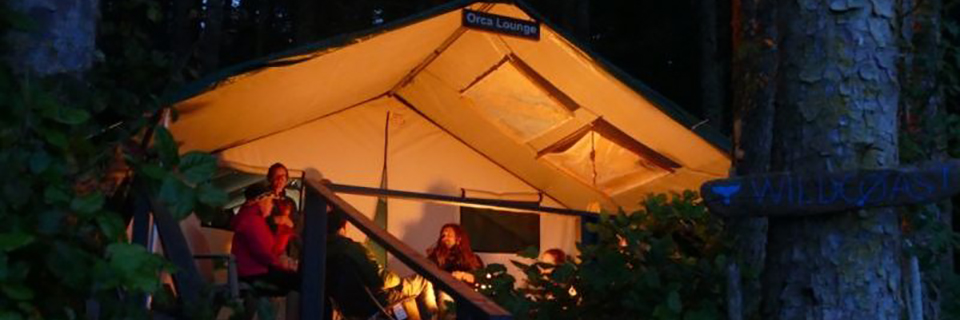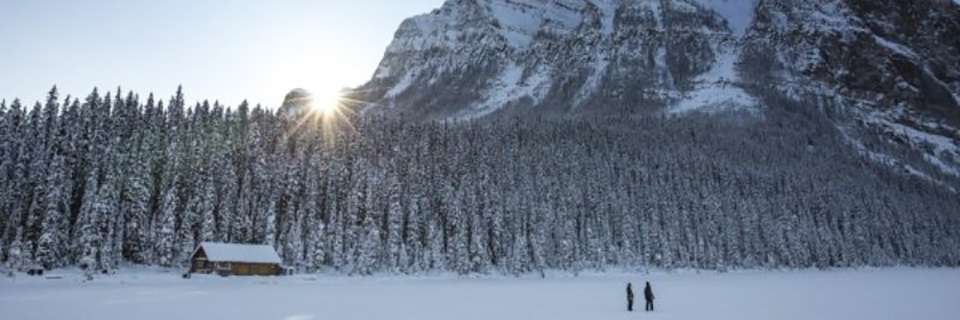Description
Welcome to Aurora Expeditions’ Traversing the Northwest Passage (formerly called Complete Northwest Passage) expedition.
On this epic voyage inspired by Roald Amundsen’s historic expedition, we attempt to sail the full length of the Northwest Passage, carving our way west through the labyrinthine maze of waterways that hug the fabled islands of Arctic Canada until we reach the Beaufort Sea. Building on our classic Northwest Passage voyage, we visit historical sites explored by heroic explorers, meet the incredible folk that call this region home, and search for enigmatic wildlife found in this unique corner of the world. Pack ice may halt our voyage through the passage, so brace yourself for a genuine expedition where adventure awaits at every turn.


